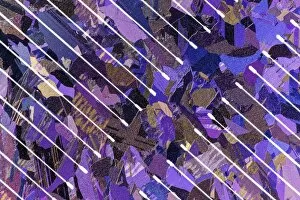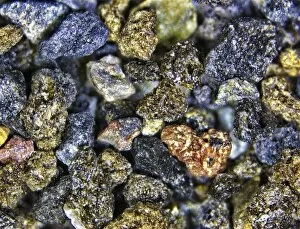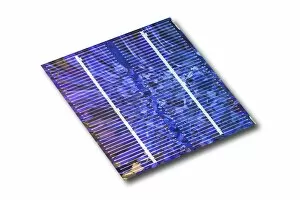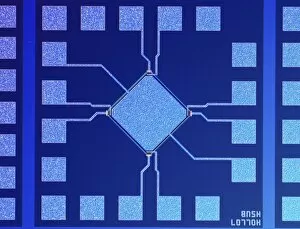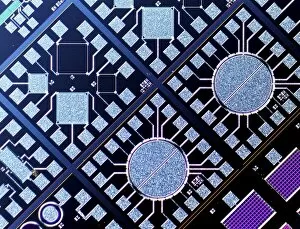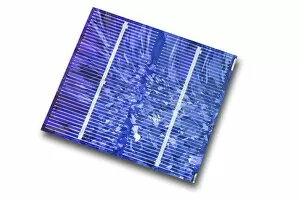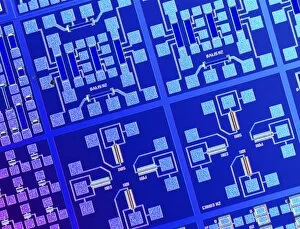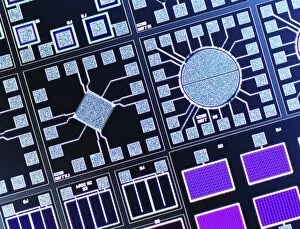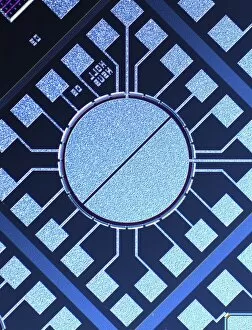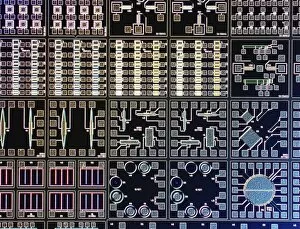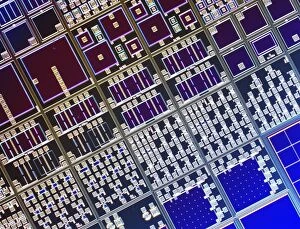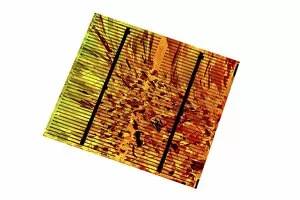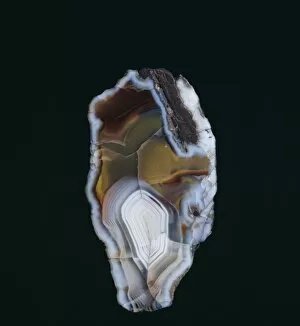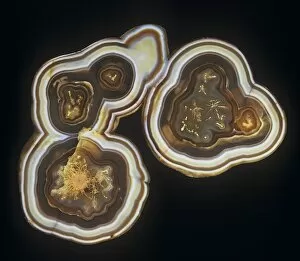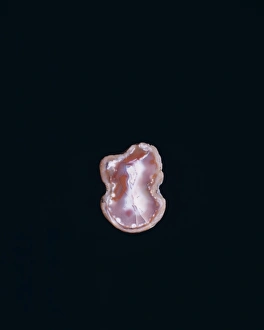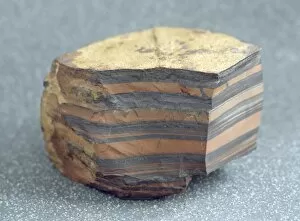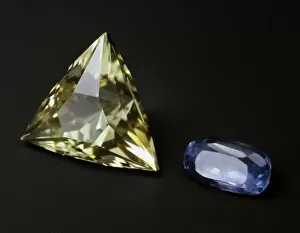Silicon Collection (page 2)
Silicon, the versatile element that shapes our technological world
All Professionally Made to Order for Quick Shipping
Silicon, the versatile element that shapes our technological world. From its mesmerizing crystal structure to its vital role in microchips and solar panels, silicon is truly a marvel of nature's ingenuity. In the depths of Earth's crust, silicon forms intricate crystals that captivate with their beauty. Under the lens of a light micrograph, these structures reveal themselves as delicate masterpieces, reminiscent of jasper or agate bowls adorned in shades of grey and white. But it is not just aesthetics that make silicon so remarkable. Its practical applications are boundless. In the realm of technology, we find silicon at the heart of every microchip connecting wire. Examined under an electron microscope (SEM), this tiny wire becomes a gateway to innovation and progress. Harnessing the power of sunlight, silicon finds another purpose in solar panels basking in the sun's rays. As photons strike its surface, electrons are set into motion, generating clean energy for our ever-growing needs. Even within teletext boards lies hidden artistry - an X-ray reveals a complex network etched onto a silicon chip. This intricate design represents countless lines of code and information flowing through circuits unseen by our naked eye. Venturing beyond technology, we discover stunning mineral formations where copper dances with quartz amidst Cornwall's rich landscapes. Cuprite with minor quartz from Gwennap showcases nature's ability to create harmonious compositions while chalcopyrite with quartz and minor sphalerite unites elements in perfect balance. The Cooks Kitchen Mine brings forth chalcocite alongside quartz – a testament to Mother Nature’s artistic prowess deep within England’s soil. Galena intertwined with quartz from Derbyshire adds an air of mystery as its exact origin remains uncertain. Lastly, copper embraces quartz at South Caradon Mine while chalcopyrite adorns dolcoath mine – both sites serving as reminders that beneath Earth’s surface lie treasures waiting to be discovered.

